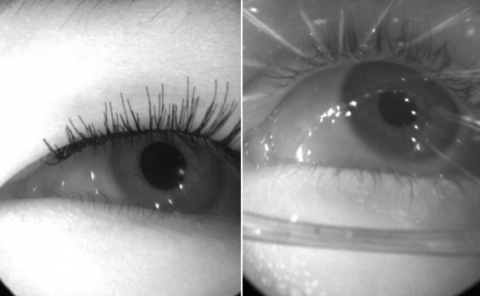Low Latency Streaming for Path-Walking VR Systems
PubDate: May 2022
Teams: Inha University
Writers: Won-Ki Seo; Chae Eun Rhee
PDF: Low Latency Streaming for Path-Walking VR Systems

Abstract
Highly immersive content in the form of extended reality (XR) is attracting attention as an alternative to conventional video services such as YouTube and Facebook. Many galleries and museums already offer online virtual reality (VR) tours where users are free to choose the spot they want to move to, beyond merely looking around. Although the ease of implementation, this key-spot hopping is still far from giving the real feeling of walking. Meanwhile, in recent volumetric or light-field-based studies, view rendering that supports free and continuous viewpoint movements has been attempted. With online services in mind, however, the high data volume and computational complexity are a big obstacle to practical applications. Path-walking VR, the target system of this paper, can be a good compromise, where the viewer can enjoy the virtual space while walking along the route. The interactive path-walking VR service is entry-level immersive video, but streaming over the network is still challenging. One of the main problems to be tackled is that the movement patterns of viewers need to be reflected in the streaming strategy to improve the quality of experience. Unlike unidirectional video, the movement of the viewer determines which images and how many images should be transmitted. This paper proposes schemes to reduce streaming delays by reflecting the viewer’s movement characteristics. It is differentiated from existing studies for omnidirectional video in that the proposed schemes control not only image quality but also view update rate. The first is a caching strategy which takes advantage of the geometrical locality of the virtual space that the viewer will soon reach a position close to the current position. This not only reduces the communication delay from the server, but also decreases the burden of server-side request handling. The second scheme uses the relationship between the viewer’s speed and the field of vision. The image quality is adjusted according to the viewer’s speed and head direction. Experimental results show that the proposed schemes achieve stable viewer’s experience by considering walking characteristics in virtual space. It is expected that the results of this paper will provide insight to those who design interactive streaming systems for immersive media applications.

